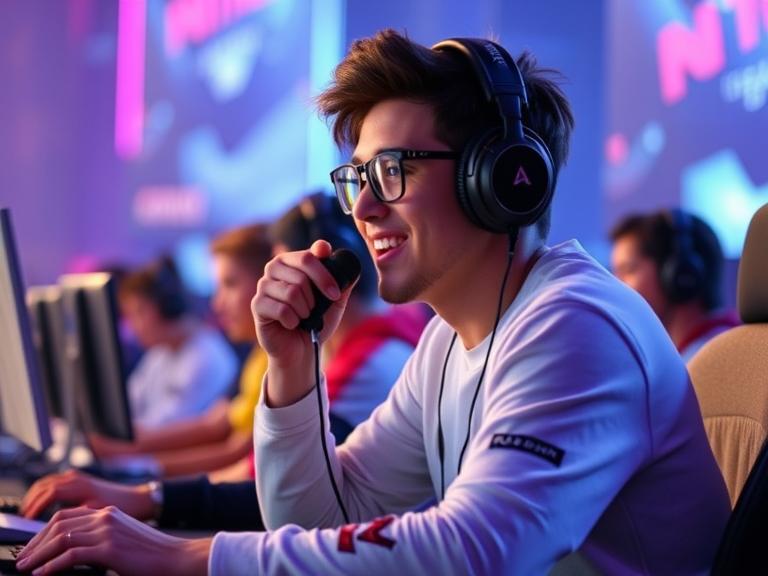Streamers and pro players used to be separate worlds — but not anymore. In modern gaming, influential streamers often shape the competitive meta as much as tournament pros. Their visibility, experimentation, and massive audiences allow them to introduce new strategies, builds, and trends into mainstream play almost overnight.
Take League of Legends, for instance. High-ELO streamers like Tyler1 or TFBlade have popularized off-meta champions in specific roles, forcing players — and sometimes pros — to rethink tier lists. When a top streamer showcases a surprising build or strategy and dominates with it on-stream, thousands of viewers often replicate it, leading to spikes in pick rates and changes in perception.
The same applies in Valorant, Apex Legends, and even RTS titles. Streamers testing agent combos, unusual crosshair placements, or retake tactics often expose inefficiencies or overlooked mechanics. These discoveries trickle up to the esports level, particularly when players adopt them in ranked practice.
Some streamers even collaborate directly with pro teams. They help identify broken mechanics, stress-test new agents or patches, or simply scrim casually to test theories in a semi-competitive environment.
Importantly, streamers influence community opinion. When a well-known streamer calls a character overpowered, it drives conversations, memes, and forum discussions. Devs often monitor high-profile streamers for balance insight or public reaction.
In short, streamers aren’t just entertainers — they’re live meta-labs. Their reach shapes player behavior, accelerates strategy evolution, and blurs the line between content creation and esports theorycrafting.
